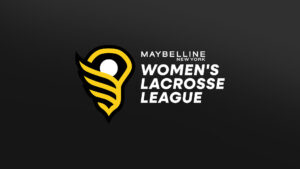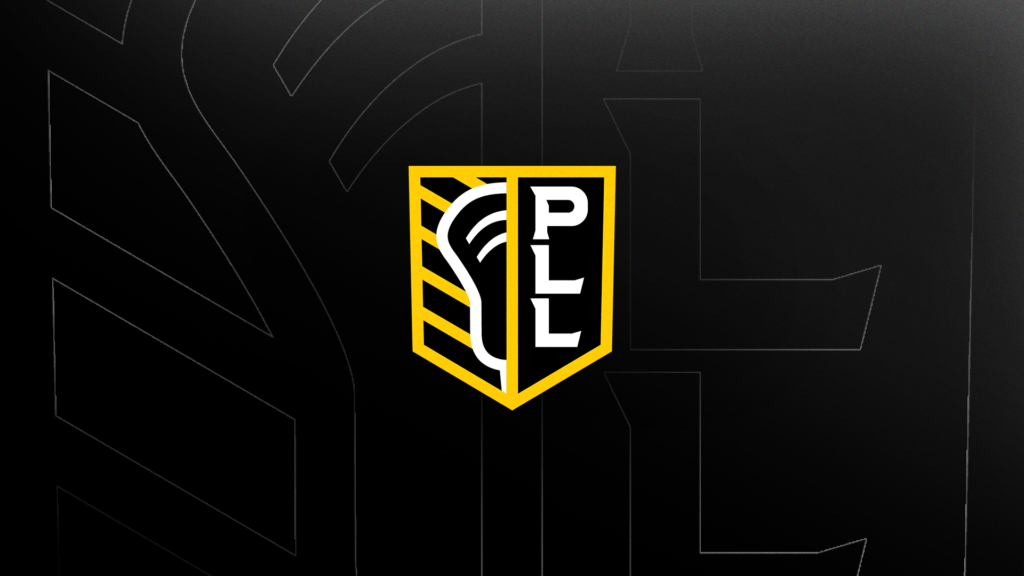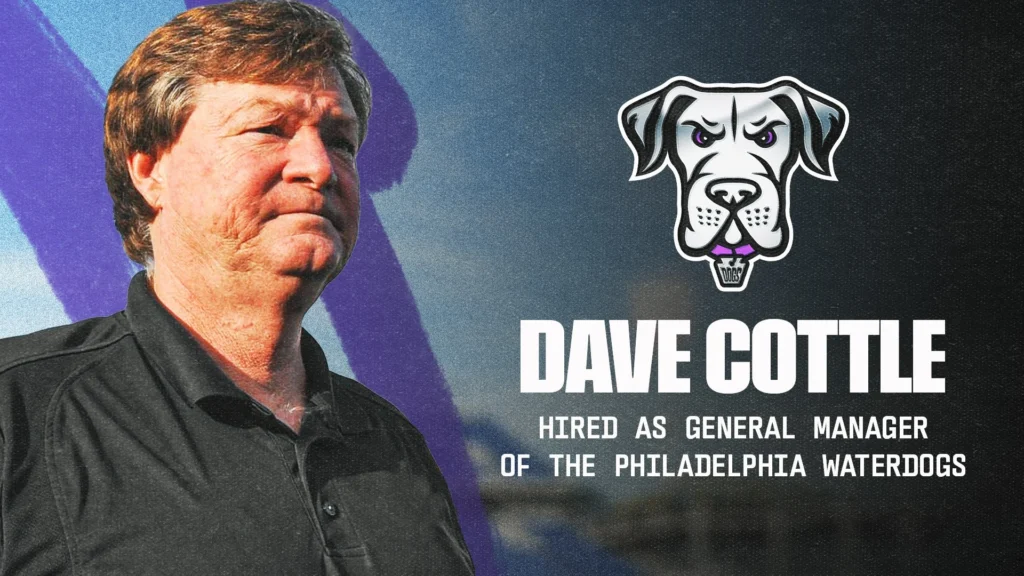They were supposed to be the team to beat.
Coming off a second straight Lexus Championship Series title in February and bolstered by their offseason acquisitions, the Boston Cannons entered the 2025 season with a roster that looked, on paper, like a juggernaut. They had depth. They had leadership. They had belief.
But that wasn’t enough.
The Cannons finished 4-6, last in the Eastern Conference and second-to-last in the league overall. Their season ended not with a bang, but a slow unraveling – a puzzle with no matching pieces.
A one-goal loss to the California Redwoods the night before set the stage for a win-or-go-home matchup against the Whipsnakes in front of a home crowd at Harvard Stadium. But when the moment came, Boston collapsed. A tied halftime score gave way to an 8-1 second-half run by Maryland, and the Cannons were left packing their bags and questioning where it all went wrong.
A season of high expectations
Boston’s offseason moves were bold and calculated. They traded for Owen Grant. They drafted Coulter Mackesy. The offensive unit was stacked: Asher Nolting, Marcus Holman, Matt Campbell, Ryan Drenner, a healthy Will Manny and Mackesy formed a dynamic core that could score from anywhere. And in some games, it felt like they did, finishing as the third-best offensive team in the league.
But the defense, a hallmark of their identity only a year earlier, faltered. Jack Kielty returned from injury, and veterans Garrett Epple and Bryce Young came back to anchor the defense for a second straight season. On paper, it was a group built to dominate. Yet statistically, the Cannons ranked dead last defensively, allowing a league-high 138 scores. Their 13.8 scores against average was the third-worst in PLL history.
Colin Kirst posted a 50% save percentage on the year, ranking seventh among starting goalies – a disappointing mark for a goaltender of his caliber, and certainly not where he wanted to be. Given the workload he faced each game, he could not afford to have an “off night.”
Despite leading the league in caused turnovers (81), the Cannons’ defensive unit struggled to limit opportunities. The disconnect between disruption and containment became a defining paradox of the Cannons defense – capable of making plays, but unable to consistently prevent them.
Still, none of these stats tell the full story.
A breakdown without a clear cause
Truth be told, there was no singular moment when it all went wrong. The Cannons didn’t implode. They eroded.
After their season-ending loss to the Whipsnakes, head coach and general manager Brian Holman pointed to a recurring pattern: second-half breakdowns. The Cannons couldn’t sustain momentum. They’d enter halftime in control or within reach, only to emerge flat, slow and outmatched. There was a disconnect between potential and execution that never seemed to plague them before.
Boston was tied or leading at halftime in three of its six losses.
In games where the offense clicked, the defense faltered. And when the defense held strong, the offense sputtered. The Cannons were a team built to share the load, but too often, they looked like a group searching for answers no one had.
‘Not a guy in that room I would trade’
Through one-goal heartbreaks, defensive lapses and the sting of missed opportunities, the Cannons never publicly fractured. From the outside looking in, their locker room appeared to remain a place of belief and unity until the very last whistle blew. And it’s that unified mindset, grounded in Cannons culture, that makes the sudden end all the more painful.
“There’s not a guy in that room I would trade for any other in this league,” Coach Holman said after their elimination. “They work hard. They’re good people. They care for each other and care about the sport.”
The final blow
The Cannons’ final game was emblematic of their season. A tied halftime score. Their opponent taking a commanding lead out of the gate in the second half. What should’ve been a momentum-swinging goal overturned. A scoreless third quarter. And a fourth quarter where the deficit ballooned beyond reach.
There’s no pretty way to paint the picture: It was a collapse — the game and the season. So what comes next?
An offseason of tough decisions
The Cannons will regroup and reevaluate, with tough decisions to be made.
It isn’t as easy as a tweak in the lineup or drafting a particular player. This was a season that didn’t live up to expectations, with really no good explanation as to why. Defensive coordinator John Odierna will have to take a long, hard look at his defensive unit — not so much individual performances, but the system itself. How did a close defensive unit with so much talent become the league’s worst statistically? Was it communication, or was it something harder to pinpoint?
At the faceoff stripe, the numbers speak for themselves. Zac Tucci showed flashes of offensive upside, but the penalties and sub-45% faceoff rate raise serious questions about whether he’s the long-term answer. A faceoff guy who can take it to the rack off the 32-second shot clock is nice, but it’s not what you signed him for.
Offensively, the Cannons have the pieces — a wealth of them, even. But they’ll need to decide how to best deploy them. Is Nolting still the centerpiece, or does the offense now flow more naturally through Campbell and Mackesy? Should Boston run it back with Manny at left attack and Mackesy running out of the box for a two-man game?
And beyond personnel, there’s the intangible that, for Coach Holman, will be the hardest part of the offseason: How do you honor the guys in your locker room and the culture you’ve built while acknowledging that something has to change?
Boston doesn’t need a rebuild, but it’s certainly at a crossroads. The decisions the Cannons make this offseason are going to be the most important yet under Holman’s tenure.





